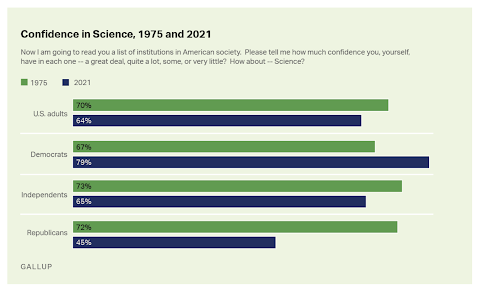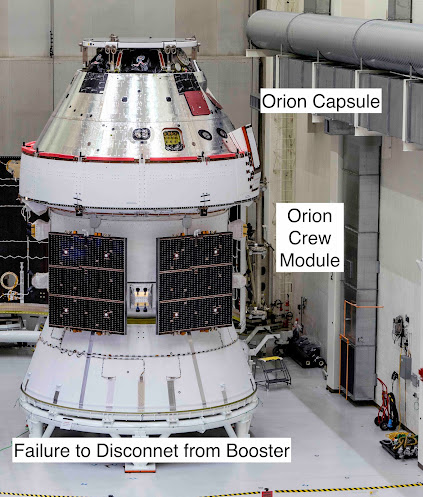The convention lost two of its founders, Willie Siros and Joe W. Bratcher III and memorials were held to celebrate both of them. Willie Siros was also a founder of FACT the Fandom Association of Central Texas. FACT is the engine of creation and administration for Armadillocon. His bookstore was Adventures in Crime and Space. Sara Felix’s tribute was posted here: https://file770.com/willie-siros-1952-2022-tribute-by-sara-felix/. Joe Bratcher owned Malvern Books, a cornerstone of Austin culture and a solid supporter of the convention.
6 August 14:00 HRS (The show guide really is in military time.) Tiara Workshop. Artist Sarah Felix. Impressed with the tiaras that she bestowed on the guests of honor during the opening ceremony, I was hoping to make something that Aragorn might wear but that was not the kind of identical kits that we got. I left and went to the dealer’s room. Laurel worked on hers but brought it home incomplete. This was definitely a waste of $50 leaving us with unwanted bric-a-brac cheaper than Hobby Lobby or Michael’s.
I returned to the Dealers Room for a couple of hours, though I still only met about half of the dealers because of our own attenuated schedule.
Pick a Little, Talk a Little: The Art of Lockpicking by Tex Thompson (1600 HRS).
 |
Tex Thompson loids a lock. How to open a lock with a credit card. |
Back in 2019, Tex Thompson moderated a panel on how to moderate panels. I learned a lot from that session about working either side of the dais. Tex missed last year’s con and I missed her. This year she was back with a new career as a locksmith. (Laurel and I have been locksporters since we lived in Ann Arbor. Here in Austin, I donated several mechanisms to their trove and they awarded Laurel a pair of handcuffs.) Tex Thompson’s presentation was a show-and-tell with hands-on cut-aways from the 19th through 21st centuries. She covered the fallacies in cinema and the tools of the trade including rakes, bumping, and snappers. She touched on some of the forensics that reveal when a lock has been picked. We had a good time and helped her schlep her gear back to her car.
Fannish Feud. (1700 HRS). Our friend, Kurt Baty, was on the fan side. We never watched Family Feud but the rules were easy enough with the pivot being that the answers came from a poll of the convention. So, they were not necessarily right and you have to guess what “most” people might have said. Name a vampire… Name a fan artist … What was the fishing boat in Jaws? … etc. The fans won.
The Future of Identity in SF (1900 HRS). After a one-hour hiatus, the convention picked up again. I was really looking forward to this.
Much of the discussion here was about the distinction between artificial intelligence (parking a car) and artificial general intelligence (being “human” or something like that). Stina Leicht pointed out that historically, people have modeled the mind with the technology of the times from fluids and humors to clockworks to computers but the mind is not any of those.
Ryan Leslie mentioned “evolutionary compensation” but did not extend that thread. (See: “Compensatory evolution means that a locus will evolve an effect size in a different direction to (i.e., negatively correlated with) the effect sizes at other loci.” NIH here.)
John Hormor Jacobs alluded to “Midworld” an AI that makes art. (See “Midjourney’s Enthralling AI art generator goes live for everyone” at PC World here.). He then reminded us of the truism that good fiction is a way to consider the human condition and the interesting question about AI is what it says about us. How would perfect memory affect your relationship with your spouse? (Laurel and I only exchanged sidelong glances even though we wanted to elbow each other in the ribs and chortle “har-har-har.”) Jacobs said, “A genie is no good to a writer unless it is let out of the bottle.”
Eva L. Elasique (self-identified Filipina-American queer feminist) said that her background as a biologist (studied; no degrees) led her to consider epiphenomenal alien intelligences. That sounded deep at the time. However: “Epiphenomenalism is the view that mental events are caused by physical events in the brain, but have no effects upon any physical events. … Huxley (1874), who held the view, compared mental events to a steam whistle that contributes nothing to the work of a locomotive.” Stanford Encyclopedia of Philosophy, "Epiphenomenalism" here.
Jacobs and Leitz exchanged comments on gender fluidity in a future that lets you change it like clothing and how that could lead to species fluidity. Leitz pointed out that we now know that in the sterile environment of a space station, your immune system has not much to do and you develop odd allergies, such as to plastic. (That general claim is known though I did not find a reference to plastic. See NASA Human Research Aug 18, 2014 "Study Reveals Immune System is Dazed and Confused During Spaceflight" here.)
Moderator Hilary Ritz asked, “What are the qualities that you see as essentially human and that you would not want to lose?” John Hormor Jacobs offered kindness.
How Near-Future Science Fiction has Changed (2000 HRS) Moderator David Afsharirad asked, “What is the most disruptive technology that has turned science fiction on its head?”
- For Rhonda Eudaly it is cellphones. She added that we have to accept that we will not know what the next big thing is.
- For Alan J. Porter it is miniaturization.
- William Ledbetter looked to 3-D printing.
- John K. Gibbons pointed out that the cellphone became “a layer of concern” because of the Internet.
- Bill Frank (NASA chief training officer) offered the brain-machine interface that allows prosthetics and much else, adding that the pilot of a craft will soon become a redundant component.
David Afsharirad asked, “Is there something, a speculative element, that must be in a story set 40 to 50 years in the future?”
- Alan J. Porter suggested artificial intelligence.
- Rhonda Eudaly said that we have abandoned the reality of Covid. It is no longer part of a story in mainstream entertainment, adding that more pandemics seem inevitable.
- John K. Gibbons added that previous pandemics lasted up to 50 years.
- Alan J. Porter came back to machine learning and Siri-Alexa voice interfaces that will make keyboards obsolete.
- Bill Frank looked to algorithmic conditioning, learning the interface, being conditioned by the algorithms around you adding that it is informative to watch a two-year old learn a device like a cellphone or pad.
- John K. Gibbons said that climate change has gone beyond the centerpiece of the plot to being a fundamental condition. “It is kind of crazy if you ignore it.”
- Returning to nanotechnology, Ledbetter underscored new material coatings and changes in the human body.
David Afsharirad asked, “What do we obsess over when predicting the future?”
- John K. Gibbons replied that it is not the technological projection of space travel but that the extrapolation of it has not aligned with the reality of space exploitation back then.
- Turning on that point, Alan J. Porter said, “… but now we have Heinlein’s The Man Who Sold the Moon.”
“What could we not see coming?” Fifty years ago everyone smoked cigarettes and the roles of women were still in the traditional molds. As the discussion traveled along the table, Rhonda Eudaly said, “ It’s not the nanotech. It’s the people.”
The End of Capitalism (2100 HRS) Let’s discuss writers who defy the saying, “It’s easier to imagine the end of the world than the end of capitalism.” What are your favorite anti-capitalist works of SFFH? How have you experimented with world building in your own writing?” (Rick Klaw moderator with Martha Wells, Donna Dechen Birdwell, William Ledbetter, Clayton Hackett, Sim Kern.)
Referring often to Ursula K. LeGuin’s The Dispossed, not only did none of them actually answer the question with examples from their own publications in which they imagined non-capitalist economies or societies without economics, all of the anti-capitalist clichés were deeply infused with ignorance. For me, leading the list was the narrative that we evolved from barter to money and the best alternative to money would be a return to barter. Anthropologist (and anarcho-communist) David Graeber (Debt: The First 5000 Years) asserted that we have no example of any society evolving from barter to money but rather barter is what people resort to when money fails.
Another rant on the evils of capitalist colonialism was launched from allusion to England’s primogeniture laws which sent younger sons out into the world to exploit people. I must point out that they were not Dutch capitalists floating bonds or Jewish moneylenders charging interest. The British colonialists were the best that could be offered by the kind of society all of the writers seemed to want: traditional, landed, family-based, community-based, altruistic, feudal. In fact, the point was made explicitly that medieval lords cared for their serfs and took care of them and the serfs only worked about 140 days a year. William Ledbetter did note as an aside that of course they did not have a lot of material wealth.
I could go on forever. (I presented "The Future of Money: Beyond Solars and Credits" at Armadillocon 41.) At the end, Clayton Hackett suggested that an innovative monetary medium would lose value over time so that you are forced to spend it in order to keep the economy going. I understand the concept of fiat inflation. I only fail to see the innovation.
PREVIOUSLY ON NECESSARY FACTS
The Future of Money
Mere Gold is Not Enough: Hayek’s Denationalisation
Numismatics: The Standard of Proof in Economics
Worker’s Paradise Promised an End to Money









.jpeg)


